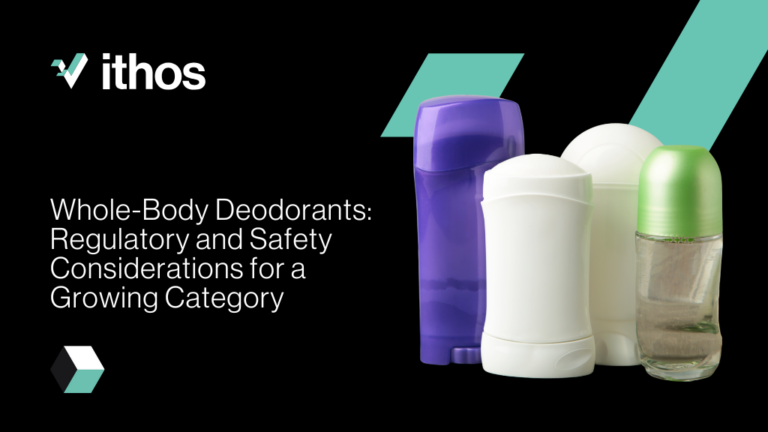
Per the European Union’s REACH Regulation, hazardous chemicals manufactured in, or imported into the EU must be accompanied by an SDS.
Annex II to the Regulation describes how SDSs – which are used to provide detailed information on chemical substances and mixtures – should be compiled.
The requirements for SDSs have been updated with the following updates:
- The language used in the safety data sheet shall be simple, clear and precise, avoiding jargon, acronyms and abbreviations. Statements such as “may be dangerous”, “no health effects”, “safe under most conditions of use” or “harmless” or any other statements indicating that the substance or mixture is not hazardous or any other statements that are inconsistent with the classification of that substance or mixture shall not be used.
- All pages of a safety data sheet, including any annexes, shall be numbered and shall bear either an indication of the length of the safety data sheet (such as “page 1 of 3”) or an indication whether there is a page following (such as “Continued on next page” or “End of safety data sheet”).
- Section 1: Identification of Substances/Mixtures
- If the safety data sheet pertains to one or more nanoforms, or substances that include nanoforms, the product description in Section 1 of the SDS must contain the word “nanoform” of SDSs.
- If the mixture has a “Unique Formula Identifier” or UFI code, it must be included in Section 1 of the SDS for the product.
- Section 2: Hazard Identification
- Information shall be provided on whether the substance meets the criteria for persistent, bioaccumulative and toxic endocrine disrupting properties, and whether the substance is a substance identified as having endocrine disrupting properties in accordance with the criteria set out in Commission Delegated Regulation (EU) 2017/2100 (3) or Commission Regulation (EU) 2018/605 (4). For a mixture, information shall be provided for each such substance that is present in the mixture at a concentration equal to or greater than 0,1 % by weight.
Effective and Enforcement Dates: The new regulation went into force on January 1, 2021. Existing SDSs can be used until December 31, 2022.
As SDSs can sometimes be authored and then utilized for some time after, a best course of action would be to begin to shift to the new EU SDS requirements as soon as possible.







